Understanding the importance of selecting the right retaining wall materials is key to constructing a durable and aesthetically pleasing structure or landscape. These materials not only offer essential lateral support to soil masses but also provide various additional benefits tailored to your specific needs.
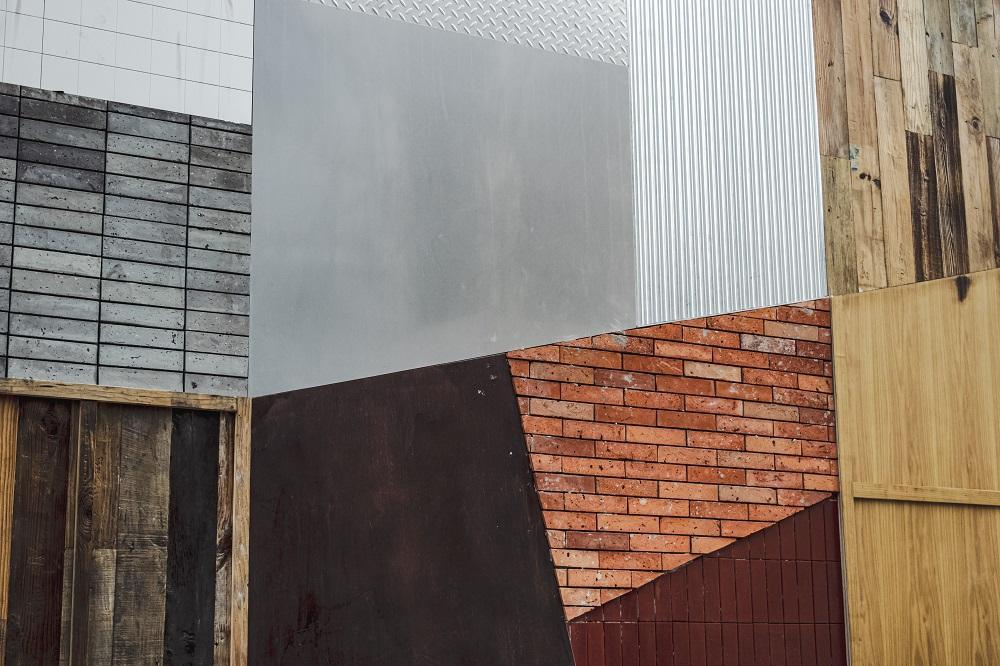
As you embark on the journey to build a retaining wall, multiple factors such as purpose preferred aesthetic, and budget come into play when choosing the ideal material. To assist you in this process, our comprehensive guide features 11 distinct types of retaining wall materials worth considering, ensuring you make an informed choice that suits your requirements.
Before diving into the guide and exploring these diverse materials, let's briefly examine the functions of retaining walls, which will enhance your understanding of their significance in your outdoor space.
Functions Of A Retaining Wall
-
Preventing Erosion
The foremost and basic function of this wall is to offset the force of a slope through its design. This ensures that the soil on both sides of the wall is protected. In case of severe downhill erosion, the wall decreases the angle of the slope and holds back the soil.
-
Manage The Water Runoff
Having a retaining wall in your garden yard will ensure that the flow of rainwater slows down. Thus, it helps in maintaining optimum water flow which is essential for lawn care or gardening.
-
Provide Useful Land
Since ancient times, human beings have used the retaining wall technique to build terraces of useful land on sloppy regions. Such a wall can serve the same purpose, though on a smaller scale, helping you to create a small garden for your home.
-
Adds Style To Your Landscape
Last but not least, retaining walls can add a stylish element to the landscape, and thus, enhance its overall beauty. Different shapes, sizes, and colors of building materials are available for the purpose.
-
Enhance Acoustics
Retaining walls can also significantly contribute to your outdoor space's acoustic properties by serving as effective noise barriers. These walls create a more peaceful and comfortable living environment, reducing unwanted sounds from surrounding areas. To further improve your home's noise reduction capabilities, consider incorporating an array of soundproofing materials designed for maximum efficacy.
Types Of Retaining Wall Materials
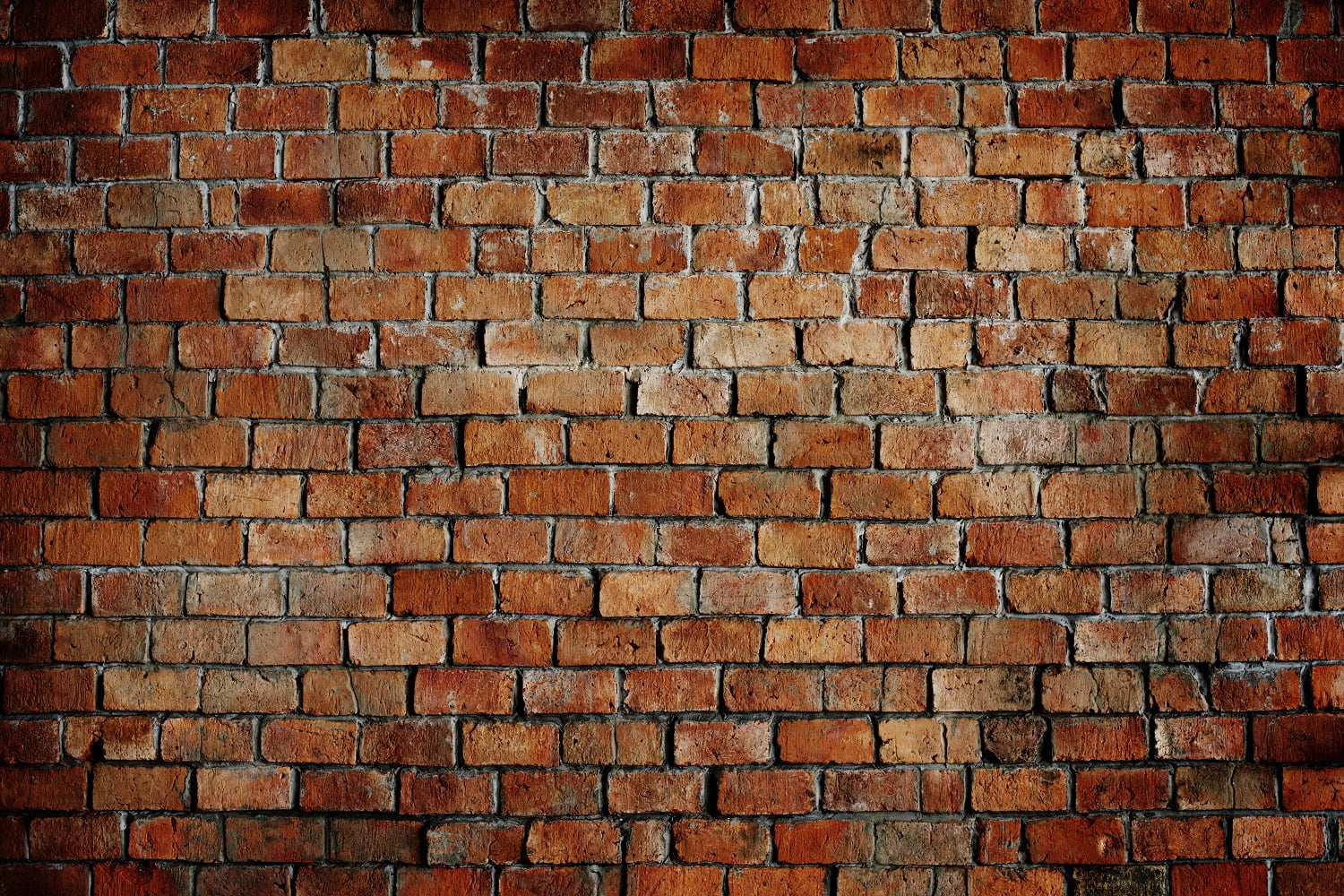
-
Brick
Brick is among the most widely used materials for building all kinds of structures. The primary reasons behind its popularity are quite easy to spot. Firstly, it projects very inviting and warm vibes, which blend wonderfully with landscapes and traditional homes. Furthermore, along with looks, it possesses greater strength than many building materials.
Bricks can be used to make two different kinds of retaining walls, namely cavity walls and block core walls. A cavity wall is made entirely out of brick and consists of two standard walls inches apart and sharing the same foundation.

On the other hand, the block core wall is constructed out of CMU (concrete masonry unit) blocks. The blocks basically hold steel rods in the cells, which are filled with concrete. After this, brick is laid outside the structural blocks.
Benefits
Most importantly, bricks are not affected by the weather changes taking place from time to time. Be it an increase in moisture levels or the ravages caused due to flying debris, they remain more or less intact. Moreover, they require minimum maintenance and retain the wall color quite well, eliminating the hassle of painting it regularly.
Besides, they are made up of clay and shale, which are among the most eco-friendly and easily available materials out there. Bricks can also be reused in the construction of other similar structures such as walking paths.
Furthermore, they offer just the durability that people wish for, thanks to the installation methods which result in the building up of a solid structure.
Disadvantages
Although bricks are available in a range of colors, they offer limited variety in comparison with other materials. Also, being quite heavy, they require careful monitoring while making the wall a solid foundation. In terms of price, they are slightly costlier, and hence, fall in the upper price category.
-
Gabion
This is a centuries-old system of building walls, its name coming from the Italian word Gabbia which means cage. As the meaning suggests, gabion walls are indeed cages made of steel or wire rods and are filled with rubble or rocks.
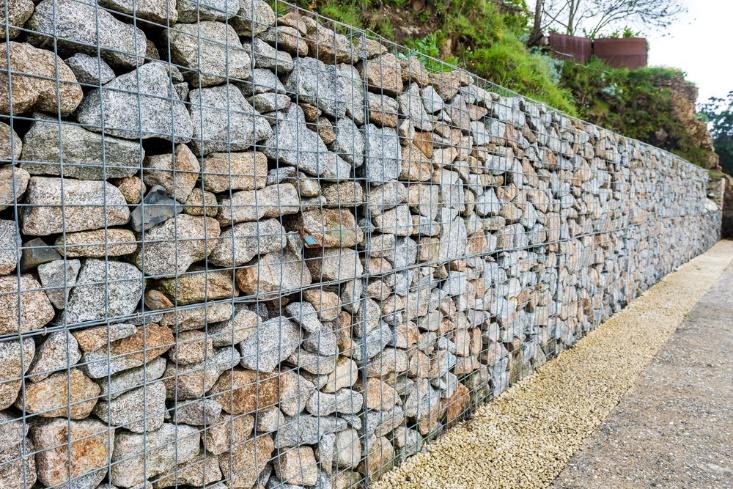
These walls were built in several places during the times of the Civil War for protecting soldiers. And due to their ability to be combined with any recycled material, they have a loyal customer base amongst eco-conscious people across the globe. This has also been facilitated by the newer wire technologies and coatings, which have extended the life of gabion structures considerably.
Interestingly, gabion retaining walls can be a great choice for waterfront areas. These walls act to hold the soil layers and banks with a somewhat flexible mass of great weight.
Benefits
Believe it or not, gabion walls don't require prior knowledge of architecture or masonry. The time needed to build these walls is very small and the process of transportation is easy as well. Also, the baskets and the materials used within them are really flexible, making the gabion walls easily fit in any setup in the backyard.
Furthermore, any section of these walls can be upgraded or even replaced, making them highly dynamic in nature. Notably, it is possible to fill the gaps between pieces of concrete or rock with silt or vegetation. This will help in reinforcing its strength.
Besides, despite the heaviest of downpours, the walls remain firmly in position.
Disadvantages
Although gabion walls can be installed quite easily, they require regular care and maintenance. This is owing to the vulnerability of the baskets to rust. Also, the walls must be kept away from water, as the internal elements of the baskets might get corroded. Besides, gabion may not seem so visually appealing to many people compared to other building materials.
-
Stone Veneer
Used as decorative material for covering surfaces and vertical walls, stone veneer also offers protection to retaining walls. Thus, a solid core is necessary to function as the wall, and the veneer is applied above it as an aesthetic and guarding element.

Interestingly, this building material lends a stunning and luxurious look to any structure it is used in. Also, stone veneer is available in different colors and styles, hence it must be matched for use with existing architecture.
Benefits
The most amazing fact about this building material is that it can be used to create any kind of look, thanks to its beautiful texture and aesthetic value. Elegant patterns, unique shapes, and also the growth of lichen on the rocks are very difficult to be recreated.
Added to this, stone veneer lasts as long as several centuries and will hence offer great sturdiness to your retaining wall. No cracks will develop on the wall, nor will its color fade with time.
Furthermore, it is one of the lighter options for building materials available, making it much easier to build the wall. Also, the solid core required for the stone veneer can be built in any thickness or height, which signifies its great flexibility.
Disadvantages
Firstly, it is not as affordable an option as the manufactured materials. At times, it also might be difficult to match every piece with the existing architecture. Besides, the services of professional contractors are generally involved in the installation.
-
Poured Concrete
Also referred to as cast-in-place concrete, it is quite a popular option in architecture. This building material is produced by directly pouring concrete into the structures on any site. Due to its sleek and clean-cut appearance, poured concrete suits best any modern ambiance.
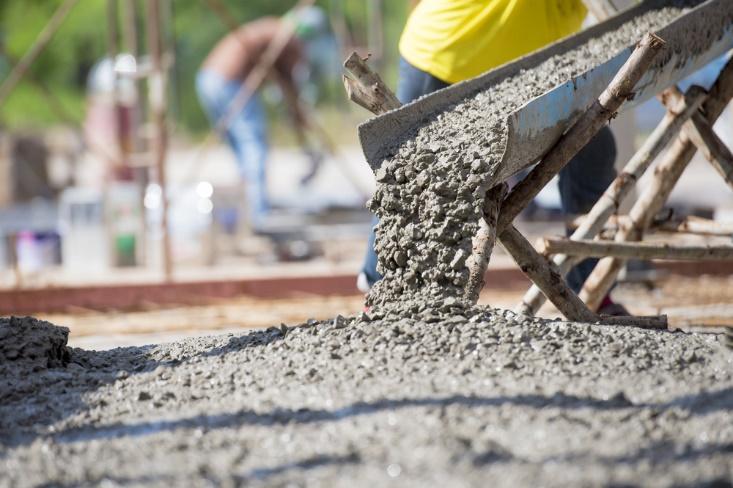
Notably, its ability to support soil load is dependent on weather conditions and other natural elements. Poured concrete walls are constructed on a huge scale along freeways.
These walls can be found in regions with mild climates such as southern California. The emergence of modern design techniques in these regions has made more and more people interested in this kind of retaining wall.
Benefits
This building material can be poured in any form you can imagine and as such, offers the scope of choosing between different design options. Also, the look it offers is consistent, so that you can know the result you'll get at the end.
Moreover, with poured concrete walls, incorporating other elements such as drainage systems becomes very convenient. Further, to ensure that the walls made of poured concrete can adjust to climatic issues in a better way, you can also use certain admixtures. Thus, poured concrete offers you the flexibility to make changes according to your needs.
Besides, owing to a much greater density of the material than concrete blocks, the walls are much stronger. As such, you don't have to worry about adding any support to the wall.
Disadvantages
Chemicals such as sulfates and chlorides must be kept away from the vicinity of poured concrete walls as these can cause damage. Besides, the walls can also be damaged by exposure to water.
Also, poured concrete walls generally require structural support to avoid the possibility of any cracks. Architects stress engaging skilled contractors for building these walls, as a wave or bulge might develop due to faulty construction.
-
Limestone
This sedimentary rock has fragments of skeletal remains of marine organisms, such as mollusks and corals. As it occurs naturally, it is found in abundance throughout the globe. The primary materials present in this rock are aragonite and calcite.

This might give you the impression that limestone is more fragile than traditional rocks. But do remember that many of the most magnificent ancient structures such as the Pyramids of Giza were built from this material. Hence, it is one of the oldest construction materials known to human beings, and its importance in the world of architecture must not be ignored.
Benefits
The process of clean-up walls often becomes exhausting, but with a limestone wall, you don't have to worry about that at all. Retaining walls made of limestone is extremely easy to clean. A gentle brush is all that you need. The material is also fireproof and resistant to bugs and wheatears, and as such doesn't lose its charm with time.
Interestingly, limestones infuse a very classy and timeless feel into the structures where they are used. For those of you who love the appearance of the dessert-bound architecture of past eras, this is the perfect material.
Another great quality of limestone is that it offers great consistency. You can most conveniently obtain consistent shapes while using this building material. This becomes very essential during the process of building retaining fences. Thus, if you value the consistency factor, you must go for a limestone retaining wall.
Furthermore, you will find a lot of varieties of limestone to select from. Some of these are rubbed silver, polished, variegated, and gray limestone.
Disadvantages
Although limestone is able to withstand almost all extreme climatic conditions, it is weathered to some extent by chemical solutions. It is most affected by rainwater containing high amounts of carbon dioxide. Also, due to its highly porous nature, it is very vulnerable to being stained or watermarked by liquids.
-
Concrete Block
Concrete is one of the most sophisticated building materials available and offers immense variety as well as flexibility. A concrete block has been considered a key component of retaining walls. Designed in such a way that they set comfortably on a base of gravel, these blocks stay strong even on applying pressure.
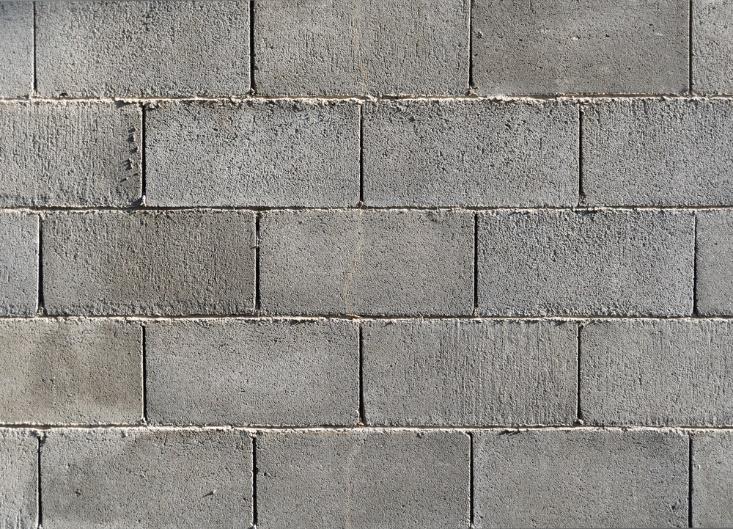
Besides, contrary to the general opinion that these blocks look very plain, they go really well with the Spanish style of architecture. Added to this, ground-faced concrete blocks are popularly used in the architecture of the midcentury.
Benefits
These blocks are free of toxic chemicals and also do not discharge any harmful allergens. Hence they are extremely eco-friendly options to go for. Moreover, the blocks require cleaning only once a year, a property that is hard to find in many building materials.
As for the variety of concrete blocks available, there are several different sizes and shapes. The split face variety offers a wide range of colors of differing costs and also requires a much-simplified wall construction. Also, these blocks can be used in creating curves in any structure.
Furthermore, installing concrete blocks is much easier than many other labor-intensive types. And, once installed, they can last an entire century.
Disadvantages
While choosing a building material for your retaining wall, remember that it can be used in constructing walls measuring up to four feet in length. Thus, if you wish to raise the flower beds in your garden to protect them from animals, you must go for any other material.
In case you want to change the way a retaining wall is placed, you have to go through much trouble for dismounting it.
Also, the walls made of such blocks need careful designing. Hence, you should ideally consult a professional for advice on incorporating the drainage system and other issues.
-
Boulders
Boulder walls undoubtedly fall among the most ancient and long-lasting kinds of man-made structures. In comparison to modular blocks or quarried stones which are available in limited numbers, boulders are found in abundance.

Also, they can be used in retaining walls without going through any refining procedures. In fact, many of the positive features of the furnished stones are retained in boulders. Stone boulders are perfectly suitable for use in English-style, Colonial, and country gardens. Notably, boulders are also used in natural stone retaining walls as strong support to hold the soil in place.
Benefits
In terms of convenience of construction, boulder walls are one of the best. Some of the walls can even be built just by stacking the boulders on each other. Also, no expensive equipment is needed for the construction.
As we mentioned earlier, boulders are found in plenty. But added to this, they are also available in different sizes and colors and at quite affordable rates. As such, you would never fall short while searching for different varieties of boulders to build an appealing garden wall.
Furthermore, boulders are known for the natural look they offer to any structure. Hence, they can be a wonderful choice for designing countryside homes and landscapes.
Disadvantages
Although boulders are one of the easiest building materials to install, they are not flexible like the other types. Only a few interventions can be made on them, which is why they fit better for use in basic procedures than complex ones. An instance of a basic procedure is elevating a part of the soil while controlling water flow falls among the more complex tasks.
Other than this, the large size of boulders makes them suitable for bigger spaces. As such, you should go for some other material if your yard is smaller.
-
Timber
On the face of it, timber might look the same as wood, but in effect, they are not regarded as the same material. Timber generally refers to any stage of wood after a tree is cut down. This might be the felled tree, the processed wood meant for construction, or the pulp of wood made for producing paper.
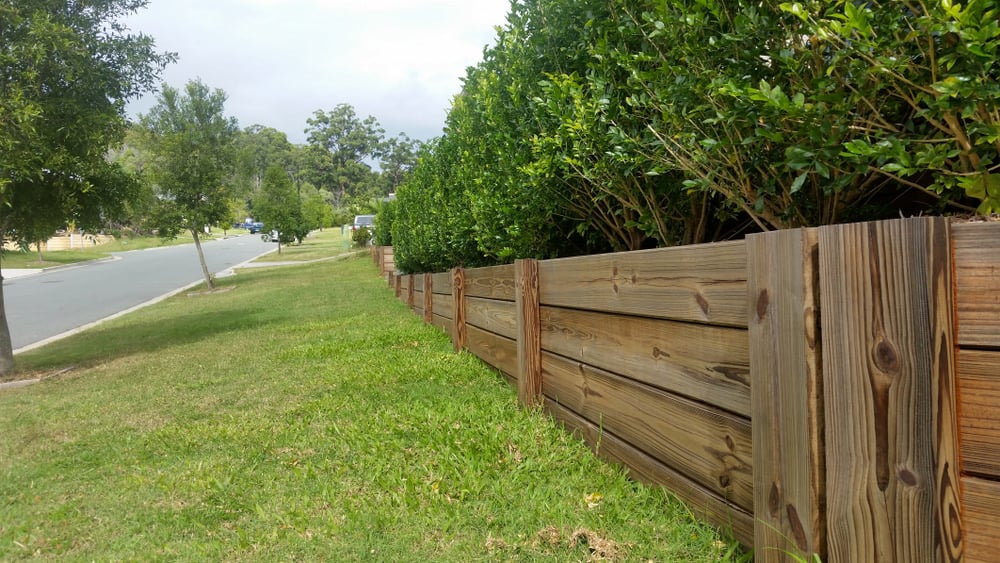
Whereas, the finished timber, as it is often called, is the processed wood that has been cut in different sizes, but is still columnar in shape. Hence, timber is much different as a building material from wooden planks. And the differences do count a lot.
Benefits
Pieces of timber, when used in retaining walls, bring greater sturdiness and longevity compared to wooden planks. They are also much heavier than the planks.
Added to this, timber can be installed quite easily and is sufficient for a strong retaining wall, even if the individual pieces are stacked and nailed together. As for the external appearance, it infuses an old-school elegance into a backyard, blending into the landscape most naturally.
Notably, 6x6 timber pieces can be used in wood retaining walls by setting them at a perpendicular position. This style is popularly known as the timber style and adds great strength to the retaining wall.
Moreover, you will get cheaper pieces of timber at much more affordable rates than other block materials. The quality of timber does not vary much with the different prices though. Besides, the simple method of construction and the cheap prices make timber retaining walls ideal for DIY home improvement.
Disadvantages
The bulk and enormity of timber make it difficult to create a more advanced design with each block. A solution for this would be to cut them into small pieces and join them. Also, though it is said that timber walls last for at least around 15-20 years, not all of them are that long-lasting.
-
Wood
As we have mentioned earlier, wood is the processed form of the original logs from felled trees. Besides timber, it is the processed wooden plank that is also used for making retaining walls. However, its popularity has declined in the last few years due to the emergence of other, more efficient building materials.
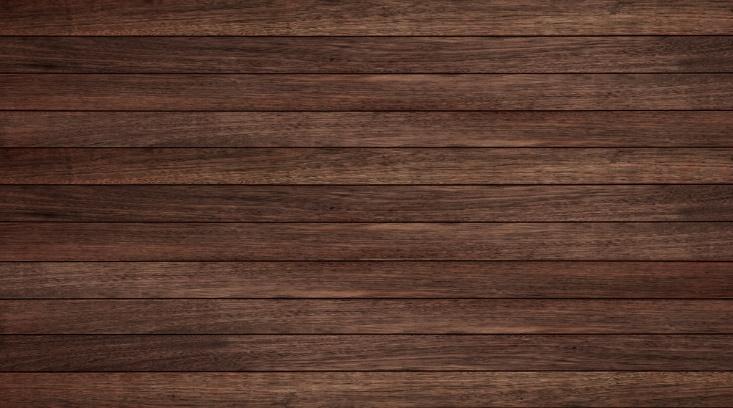
A strange but true fact about wood is that it shares many qualities with bricks. Both of these building materials have been used since time immemorial and their components are widely accessible.
Moreover, both bricks and wood also infuse a feeling of warmth and nostalgia into the spaces that they occupy. Nevertheless, when you consider their properties, they do have a lot of differences.
Benefits
First and foremost, wood is much lighter than many other building materials. This makes it easy for you to dismantle, repurpose or move around the components of the wall at your convenience.
Apart from this, wood retaining walls complement homes with a natural or rustic appearance akin to that of the countryside. As such, they are still a favorite of many people.
Interestingly, there has been an increasing demand for food gardens with raised beds in the recent few years. Hence, a lighter version of wood retaining walls has found a place in many landscape projects. Here's where the demand for wood structures has shown a positive trend.
Besides, a retaining wall made of wood is an extremely cost-effective option as well. This is owing to their ease of construction and minimum labor requirement.
Disadvantages
Although it is able to handle retaining walls of up to four feet in height, wood is not the ideal material for projects with greater complexities. Building complex structures requires greater strength, for which other building materials can be used.
Also, wood is more susceptible to termites compared to other materials and hence requires easy monitoring and maintenance.
-
Segmental Retaining Walls
This wall is built from precast modular concrete pieces with identical dimensions that are interlocked and then anchored into the soil. Sometimes retaining walls made from other building materials might not provide sufficient strength to maintain different elevations. In such cases, segmental walls made of modular concrete blocks can be used quite conveniently.
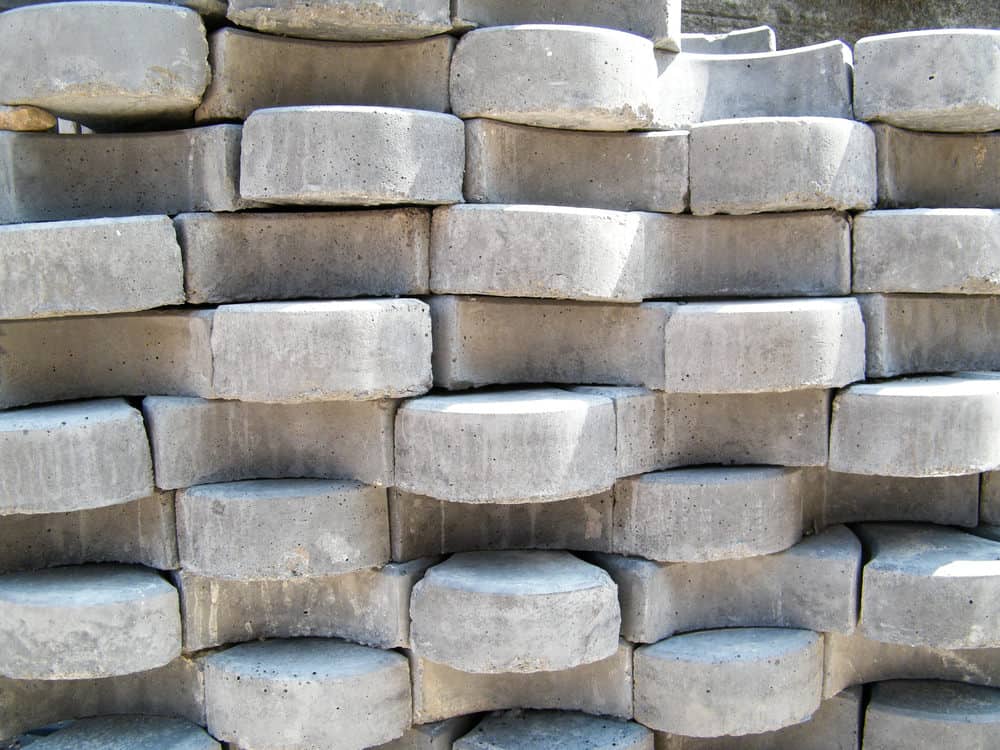
These walls are generally used along with geotextiles when the slope has a grade of more than 45 degrees. They also find use in widening those areas which need stability due to the natural slope of the land. Hence, they are ideal even for widening walkways and driveways or for making more space in an outdoor area.
The structure of any segmental wall consists of a lateral tieback system and a facing system. The facing systems consist of modular blocks interlocking with each other, while the lateral tie-backs are generally geogrids buried in a stable section of the backfill. The geogrids support the wall and also stabilize the soil behind the wall.
Benefits
An amazing aspect of these retaining walls is that they can be built in different shapes such as curved, straight, or a combination of both. Besides, you can incorporate steps or corners in the construction. Also, there is no requirement for concrete footing as with walls made of wood or natural stone. These structures are quite strong on their own.
Furthermore, segmental walls come in a huge variety of textures, sizes, and shapes, giving you a vast range of options to choose from.
Importantly, due to their ability to interlock, modular concrete blocks facilitate the rapid construction of these retaining walls. These blocks are also strong enough to construct steeper and higher walls. Added to this, the walls provide the retention needed to prevent slopes from sliding, caving, or slumping.
Finally, the icing on the cake is that the modular concrete used for the process is very durable and requires minimum maintenance.
Disadvantages
Before beginning the construction, the area where the retaining wall will come up needs to be drained of groundwater and excess rainwater.
Also, the construction requires you to consider a lot of factors such as drainage lines and the design, which need more in-depth panning than you can think of. To ensure the viability and safety of the wall, an engineer must be consulted. All of these combined, constructing segmental retaining walls becomes a lengthy process.
Another drawback of this building material might be the difficulty in rearranging or removing these walls.
-
Natural Stone
Natural stones possess all the beneficial qualities of other types of stones while offering more design options, which you might not get for other types. Also, a wall made of natural stone looks the nicest and enhances the beauty of the entire landscape. Thus, this material offers a perfect combination of looks and efficiency, which is rare to find.
Interestingly, walls made of natural stone have a lot of similarities with boulder walls. But they are much smaller compared to the latter, which leads to a lot of differences in their application.
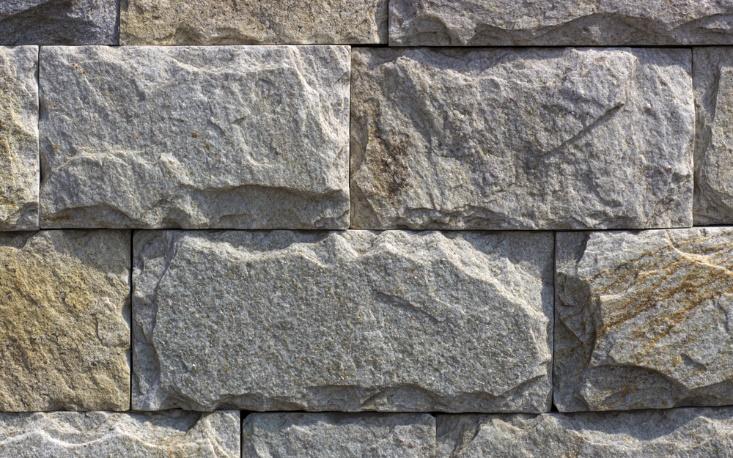
Natural stones can be used to construct two different kinds of retaining walls, namely rubble walls and cut-stone walls. A rubble wall is made by tightly fitting randomly picked stones of different shapes and sizes together.
On the other hand, a cut-stone wall is constructed by stacking stones that are split at a quarry. Most of the stones are 8" or 12" wide and have different lengths.
Benefits
The huge flexibility that these stones offer is something that you will hardly find in other building materials. They can possibly fit in any situation you can think of. Besides, neither a special connection nor any mortar is required to keep the construction together.
An interesting aspect of these stones is that they are traditionally considered to be reliable building materials. After all, they are one of the oldest materials used by mankind.
Also, as we have mentioned earlier, natural stone walls look absolutely beautiful, fitting into any type of traditional landscape setting. They offer you the freedom to experiment with different textures and colors.
Disadvantages
Although natural stones are regarded as one of the more pristine materials for construction, they are also much more expensive than other options. Also, some issues with the drainage system might arise in natural stone walls after a few years.
Apart from this, setting up a natural-stone wall can be a labor-intensive method, as it requires fitting together different stone pieces of varying weights.
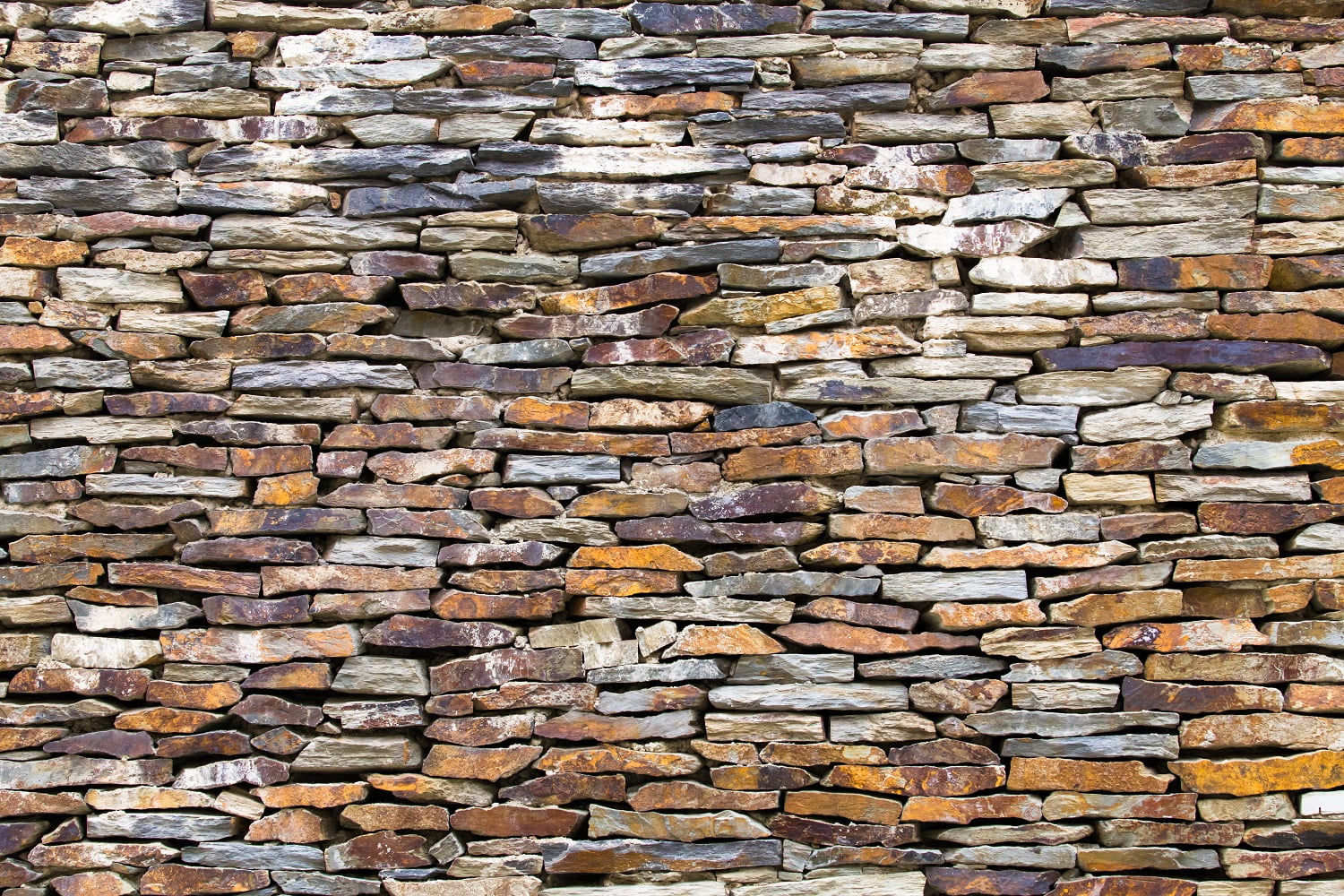
Conclusion
With this, we come to the end of the guide. We hope choosing the right retaining wall material will seem easier for you now.
Each of the materials is endowed with several useful properties - some distinct, some similar. They serve different purposes, which makes sure everyone is able to find a suitable material of their choice.
For instance, if strength and durability are your concerns, and you don't mind spending a bit more, the brick would be the ideal material to go for. On the other hand, if you plan to put up a retaining wall on your own and are searching for an affordable option, you can go for timber.
Thus, the ideal material for you will depend on your priorities and preferences and, of course, on the purpose you want the wall to serve. So, choose a fitting wall material and get going!
Till next time, Adios!
Related Articles
9 Best Paint Primer For Drywall Tested
How To Get Poster Putty Off Walls
How To Arrange Framed Photos On Walls
17 Drywall Alternatives For Your Future Home
11 Best Paint For Concrete Walls In Basements
